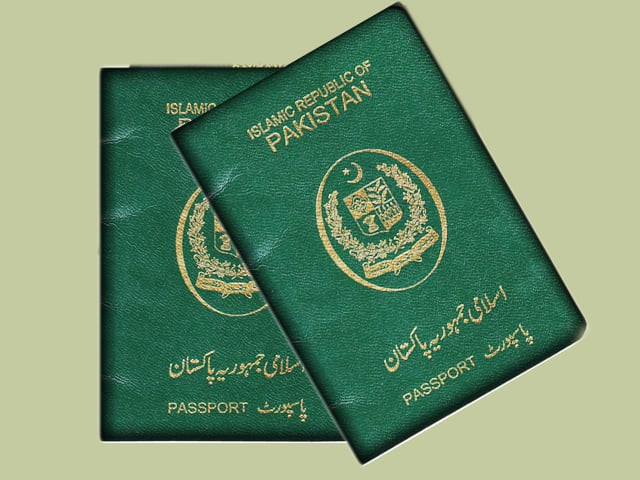Do you look and act like a tourist? If so, it can produce assumptions that you are inexperienced, naive, lacking cultural awareness, and wealthy. Standing out as a tourist can make you appear vulnerable and an easy target for scams, pickpockets, and other types of crime.
Making an international faux pas by not being aware of cultural differences and similarities in the country you’re visiting could ruin a trip. A fifth of Global Rescue members admit being unintentionally culturally insensitive is their biggest worry.
Behavior
Always look like you know where you’re going, even if you don’t. If you must look at a phone app, do it discreetly and in a way that others don’t think you’re looking at a map. Holding a map in the street is a tell-tale sign you are a tourist. Familiarize yourself with a local map before leaving your hotel room and plot your route ahead of time using Google Maps.
If you use public transportation like the locals, be certain to read and understand the bus routes and metro train schedules before you go and have the correct currency or pass for the fare. Using public transportation is a great way to blend in with the locals and save money. It is also a fun and smart way to explore a city’s neighborhoods and get a sense of the local way of life.
Leave the selfie stick at home. Avoid taking selfies to reduce your “I’m a tourist” signature. Keep your voice down. Many tourists are noisy and often perceived as being loud and obnoxious. Be mindful of your volume and avoid drawing attention to yourself.
Appearance
While traveling in conservative destinations, avoid revealing clothing and behave in a way that shows respect for the local culture and way of life. Don’t try to be what you’re not. If dressing like a local means wearing clothing that doesn’t fit your ethnicity, then don’t do it.
Avoid wearing gym clothes, yoga garb, sweats, and anything that looks like you just rolled out of bed or came from a workout. Many other cultures may see that as offensive. Stay away from clothing that has religious or provocative imagery, curse words, profanity, sports teams, political brands, and national flags. These are potentially offensive, disrespectful, or confrontational.
Jewelry
Especially flashy jewelry for men or women stands out wherever you’re traveling. Tone it down or, better yet, opt for costume jewelry, less showy watches, necklaces, and bracelets. Leave your camera at home. Not only does an expensive camera provide a thief or mugger with a target, but it also draws attention to signals that you’re not from the area and makes you an easy mark. Wearing a passport holder with a cord around your neck makes you easily identifiable as a tourist. If you do have one, wear it under your top layer.
Observe
Respect local customs when visiting a new country. It’s essential to respect the local culture and customs. Try to learn about local customs to show respect for the local culture. Here are a few examples of destinations’ customs that may seem unusual compared to your home country.
Tipping is considered rude in Japan, and there’s no need to tip at restaurants in Denmark. Meanwhile, a 15%- 20% gratuity is expected in the United States.
While it’s normal, even required, to sit in the back of a cab in the U.S., it’s different in Australia, New Zealand, parts of Ireland, Scotland, and the Netherlands where it’s considered rude not to ride shotgun. World tourism is rebounding in 2023. Self-awareness and destination research will protect your travel experience. By blending in with the locals and respecting the local culture, you can avoid looking and acting like a vulnerable traveler and have a more authentic and enjoyable travel experience.










